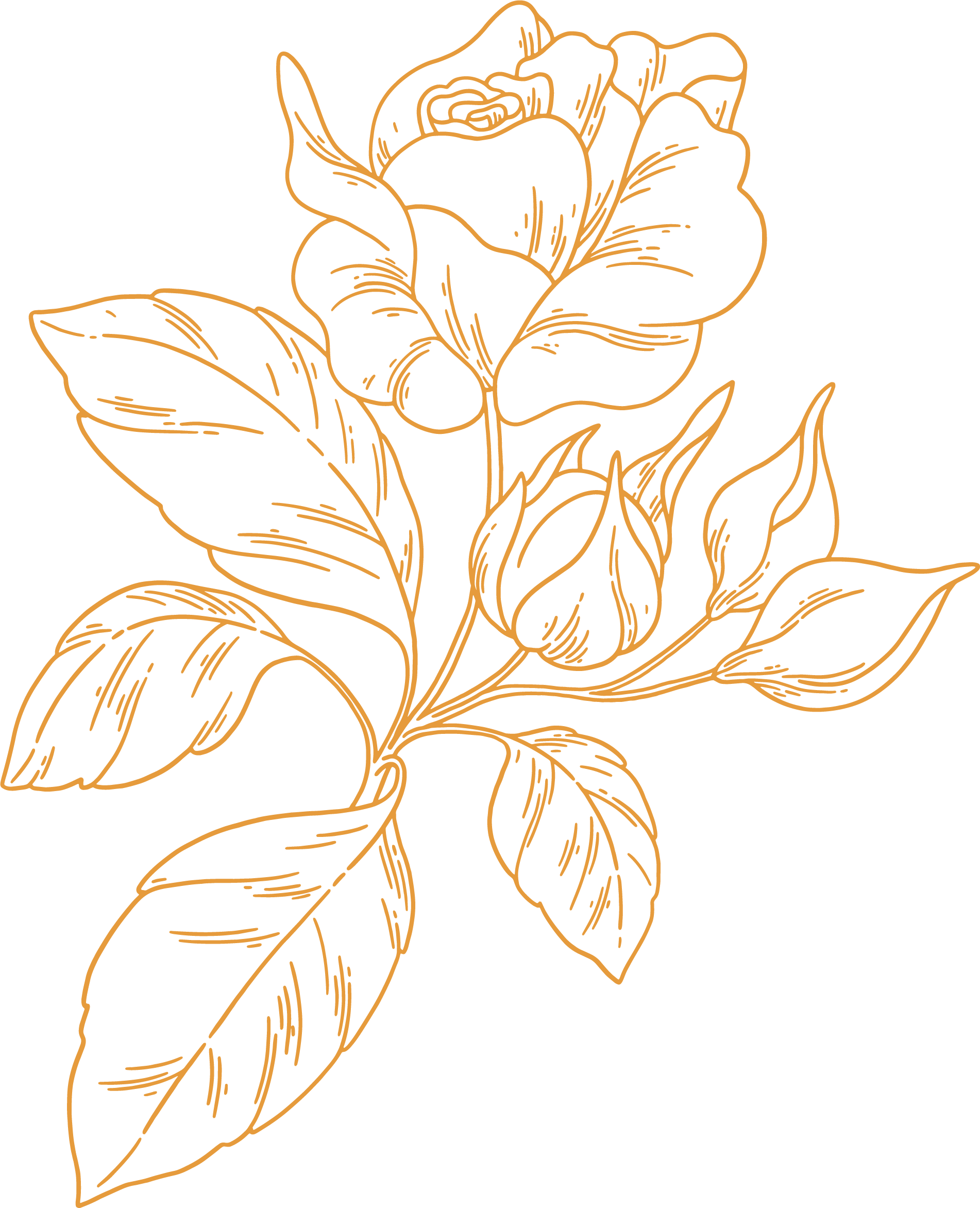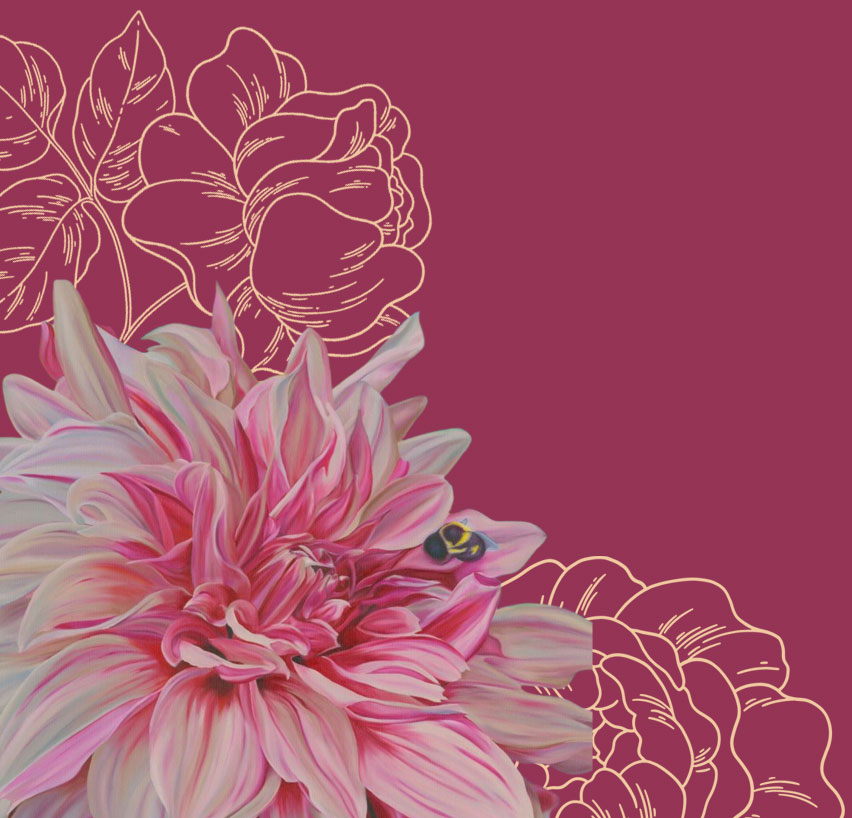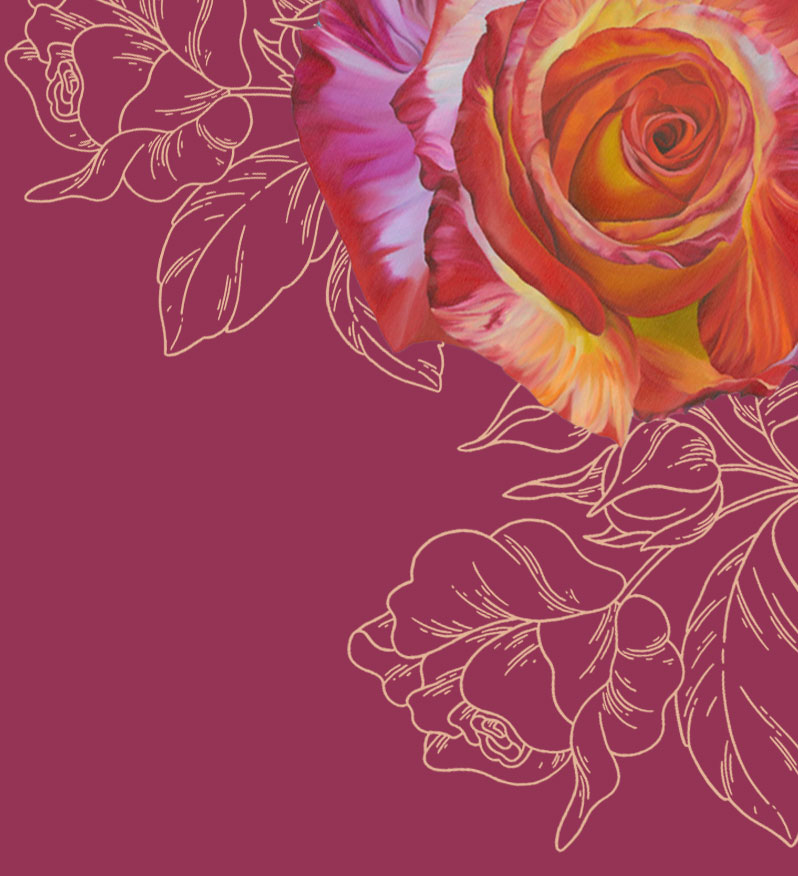Why We Turn to Flowers in Hard Times—And What They Teach Us About Resilience
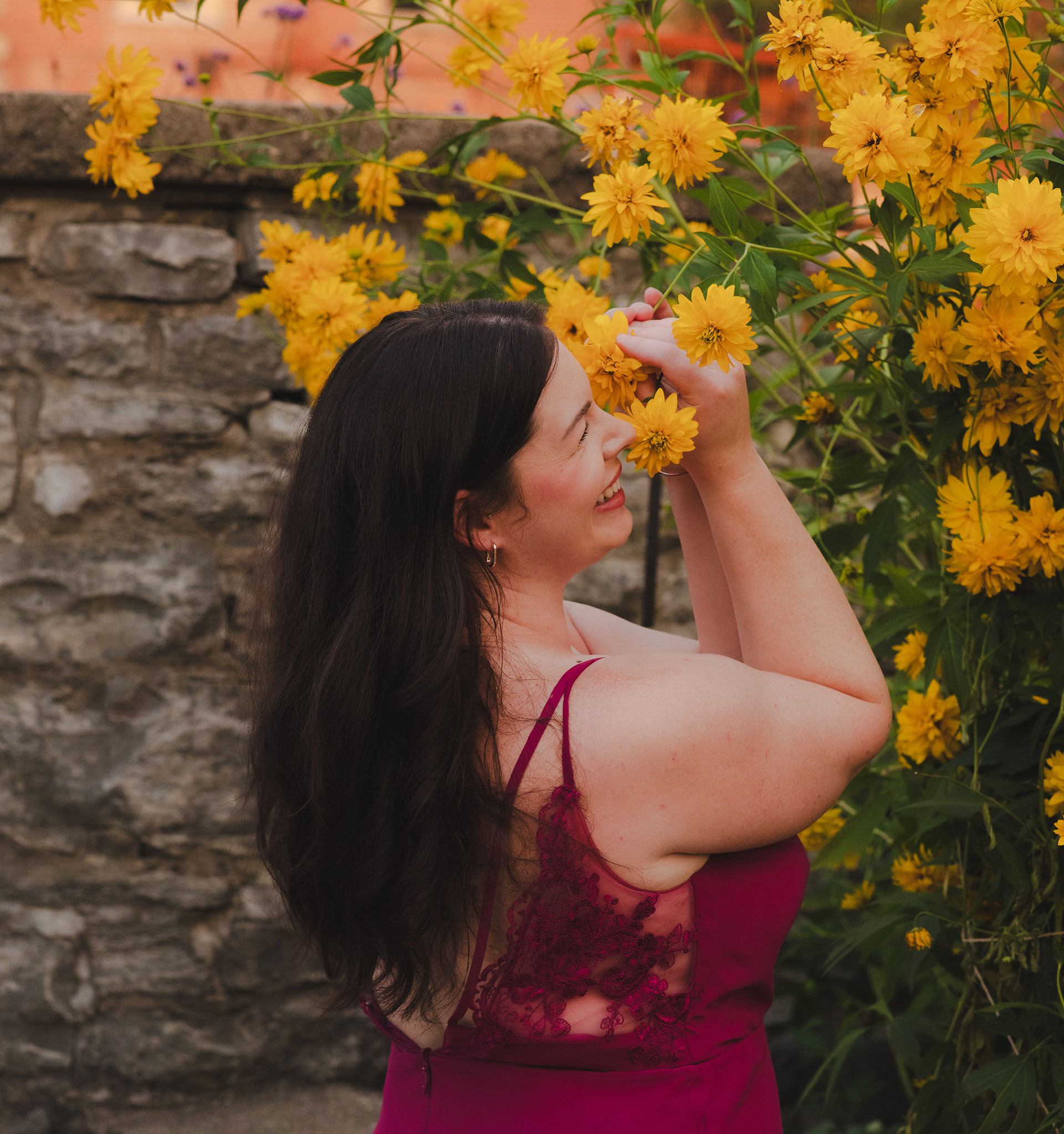
Flowers are more than just decoration. They are quiet companions through life’s biggest moments—celebrations, love, loss. A single bouquet can brighten a room, a wildflower field can make us pause in awe, and planting a garden can feel like an act of hope.
I’ve heard from so many people—friends, collectors, fellow artists—who turn to flowers in difficult times. One woman told me she started growing roses after losing her mother, each bloom a quiet reminder of her mother’s favorite perfume. Another shared how a simple act—buying fresh flowers for herself every week—became a ritual of self-care during a painful breakup.
What is it about flowers that comforts us so deeply? Why do we instinctively reach for them in moments of grief, uncertainty, or transition?
Flowers hold a quiet wisdom—one that can teach us about resilience, renewal, and the beauty of simply being present.
Finding Comfort in Blooms
A garden never rushes. Flowers bloom when they are ready, not a moment sooner. And yet, in every season, they offer something meaningful—whether it’s the first daffodils after a long winter or the last golden mums before the frost.
In life, we crave certainty. We want answers, solutions, a timeline for when things will get easier. But nature reminds us: healing is not a straight path. Growth is slow, often invisible at first, but always happening beneath the surface.
Maybe that’s why flowers resonate so deeply. They remind us that beauty exists in every stage—even in the waiting.
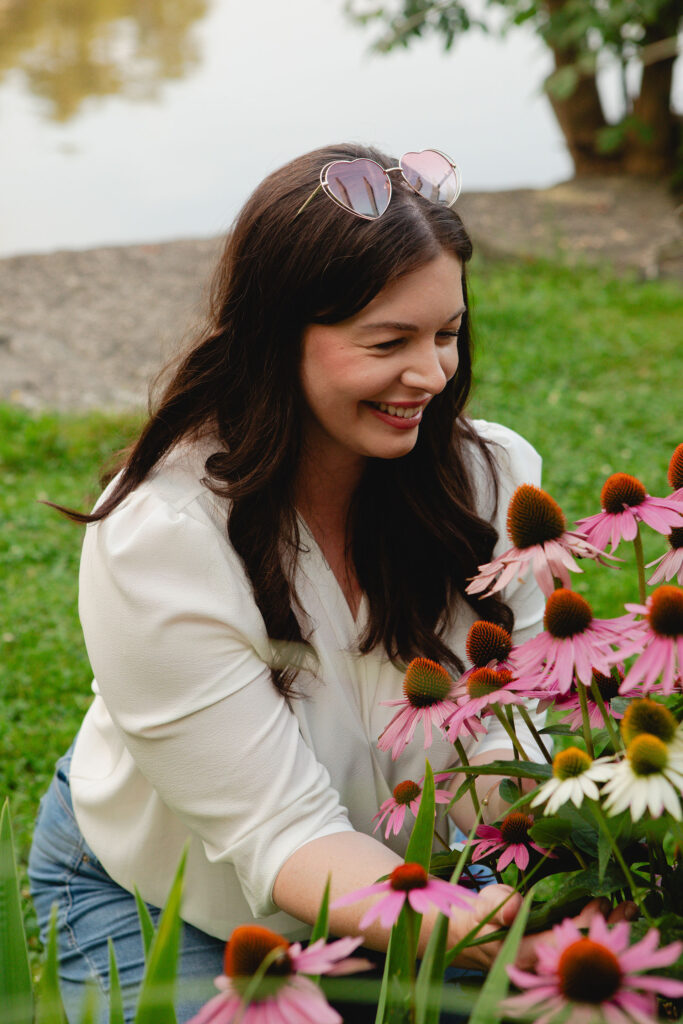
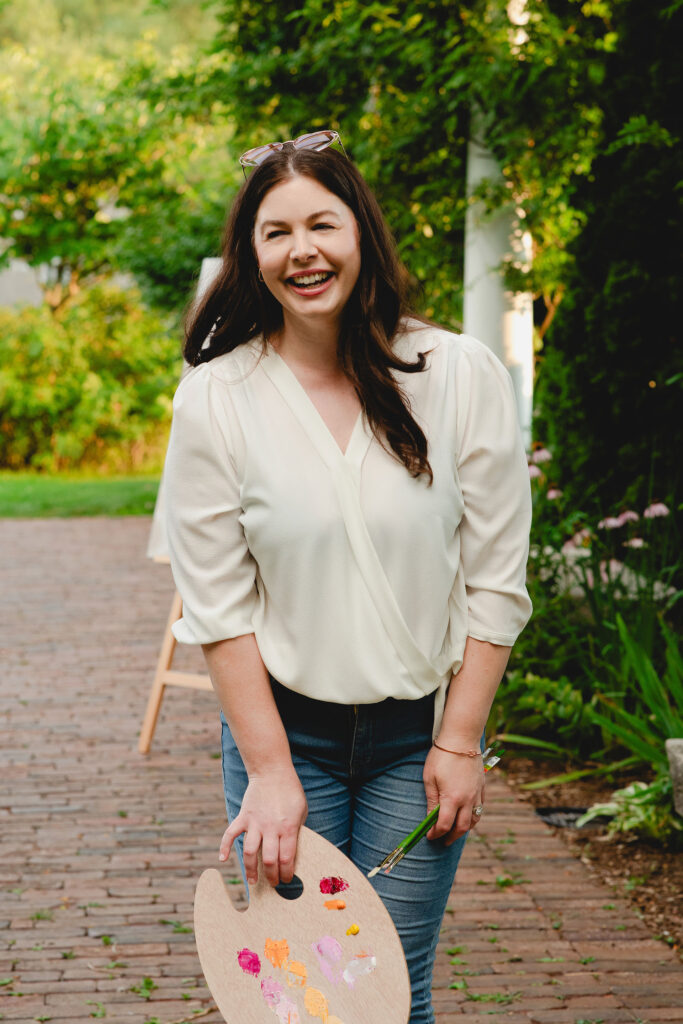
Letting Go, Like a Petal in the Wind
If you’ve ever watched a flower shed its petals, you know it happens without resistance. The flower does not cling, does not mourn the loss. It simply releases, making space for what comes next.
Yet, as humans, we resist letting go. We hold onto old hurts, unspoken words, identities that no longer fit. We fear that releasing means losing.
But what if, like a flower, we trusted the cycle? What if we believed that shedding is not an end, but a transition—a step toward something new?
I grow many varieties of roses and needed to learn about deadheading—a process of removing spent blooms—essential for more growth. It feels wrong at first, but if you don’t make space, the plant has nowhere to grow.
Maybe we, too, need to make space for new beginnings.
Resilience in Bloom
Some of the toughest flowers—dandelions, wild violets, coneflowers—grow in the most unlikely places. Cracks in sidewalks, dry soil, rocky hillsides. Against all odds, they bloom.
Resilience isn’t about avoiding hardship. It’s about adapting, surviving, and finding beauty in the unexpected.
I once met a woman who planted sunflowers every year after her cancer diagnosis. “They turn toward the sun,” she told me. “So every time I look at them, I remind myself to do the same.”
Maybe that’s the greatest lesson of flowers. They don’t fight the elements—they grow through them. And so can we.
Flowers offer more than beauty—they offer perspective. They remind us to be patient, to let go, to trust that even in the hardest seasons, something is quietly growing within us.
As you navigate life’s changes, ask yourself: How can I bloom where I’m planted?
If this reflection resonated with you, I invite you to join my community—where art, nature, and life lessons intertwine. Subscribe to my newsletter for more insights on navigating change with the wisdom of the garden. Let’s grow together.

